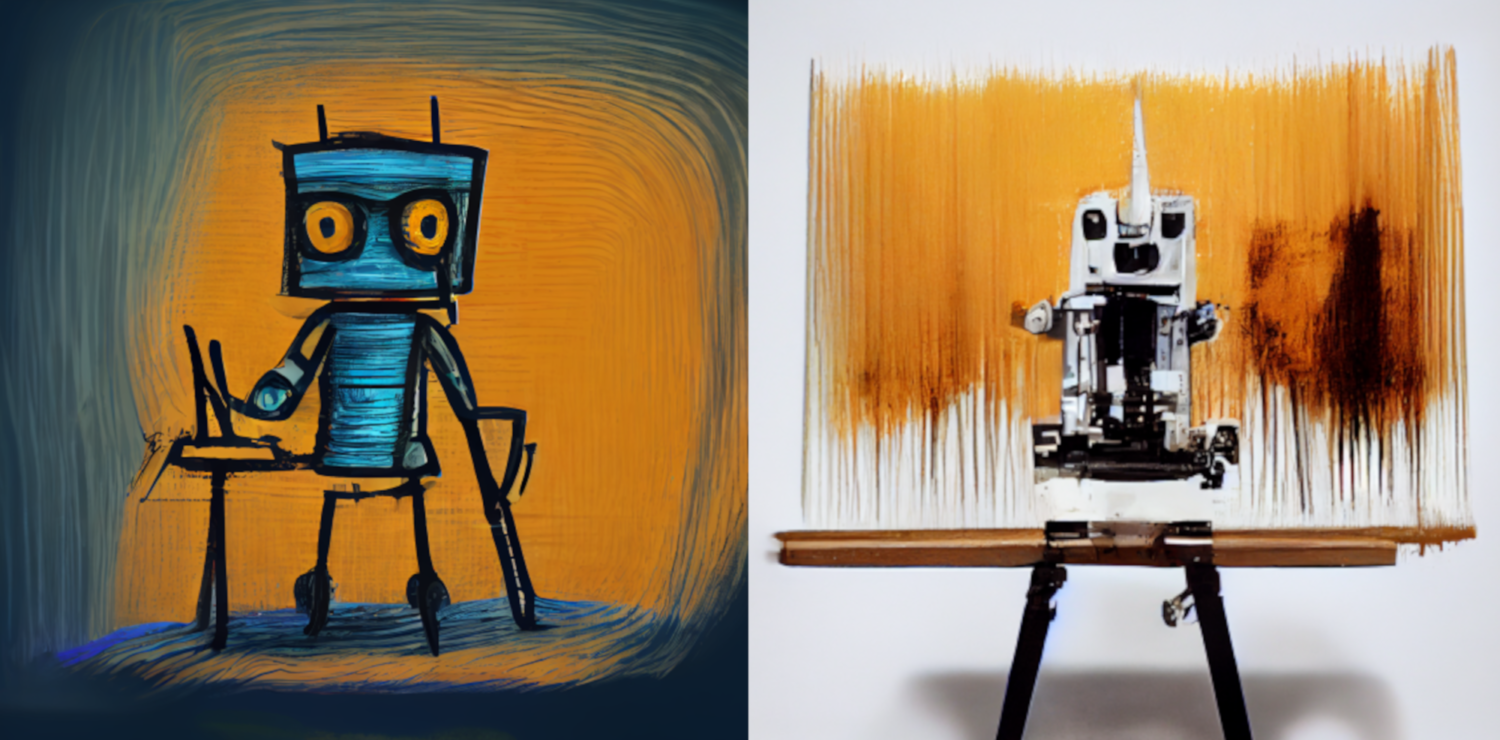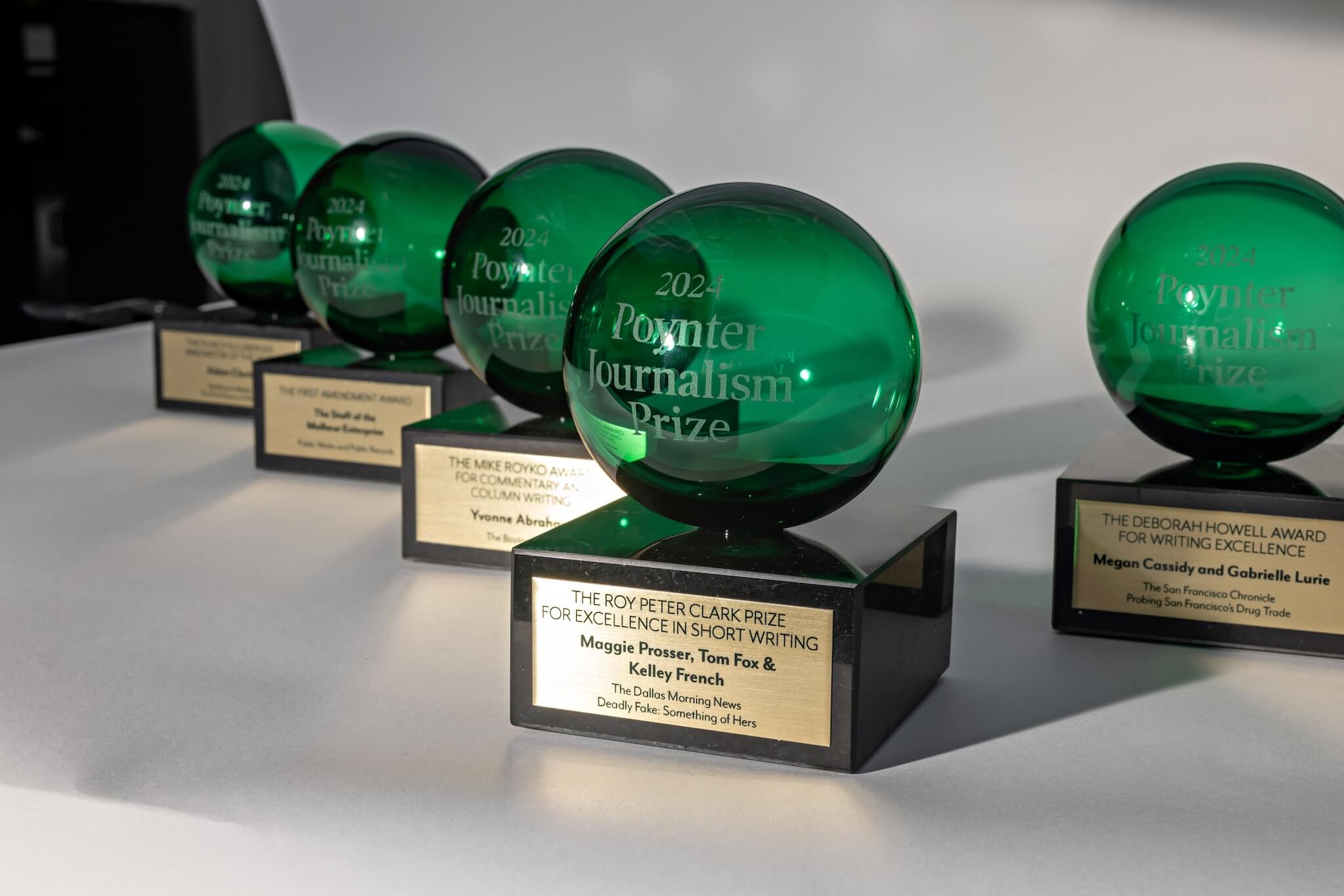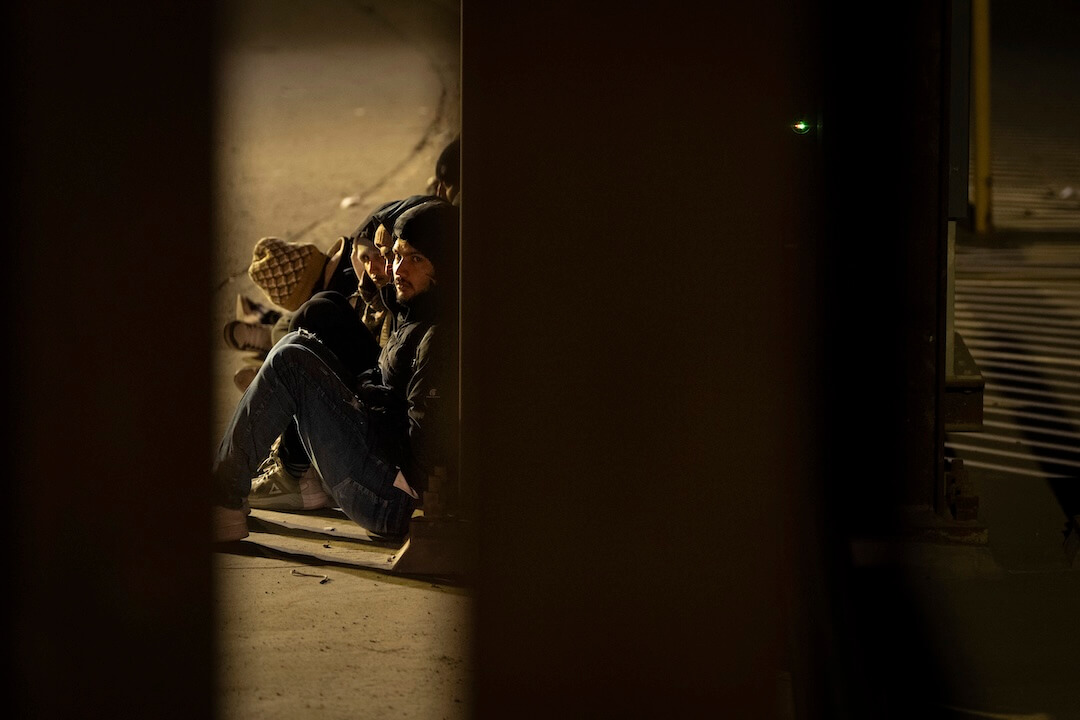For better or worse, we all know what artificial intelligence has done for news feeds. A growing area to focus on is what AI can do for content origination. AI is usually thought of as a tool to tackle mundane tasks like transcription or data-intensive work. Wholly machine-generated content, on the other hand, has long been thought of as a parlor trick. With advancements in AI, we are starting to see signs of where AI could compete with human creativity. AI is about to bring on a creative revolution.
Automated journalism isn’t new, but it has been limited to sports stories and earnings reports. Stories where a specific variable, like a score, are integral to the nature of the final article are ripe for this genre of journalism. Companies like Automated Insights and Narrative Science have helped “offshore” this work to robots. It still often lacks the drama of a human-written story, but it can get the job done.
There are certain things machines are better at than humans and vice versa. Machines are fast, efficient, predictable and amazing at calculations. Humans are more intuitive, creative, adaptable and, most importantly, have a better understanding of general context and how the world works.
But we’re starting to see a tipping point where machines are entering the creative and generative process. We’re seeing it in image creation first, but we can expect this trend to continue into things like the creation of PowerPoint presentations, business plans, movies and text editing. Some applications of AI to the creative process could surge into a dynamic shift in the world of journalism.
Dall-E the machine, not the artist.
You might be familiar with Dall-E, an AI that interprets text into unique and original works of art. When I type in the phrase “A journalist working on a story for a newspaper in the style of Picasso” an AI called “MidJourney” (A cheaper version of Dalle-E) produced this image for me.
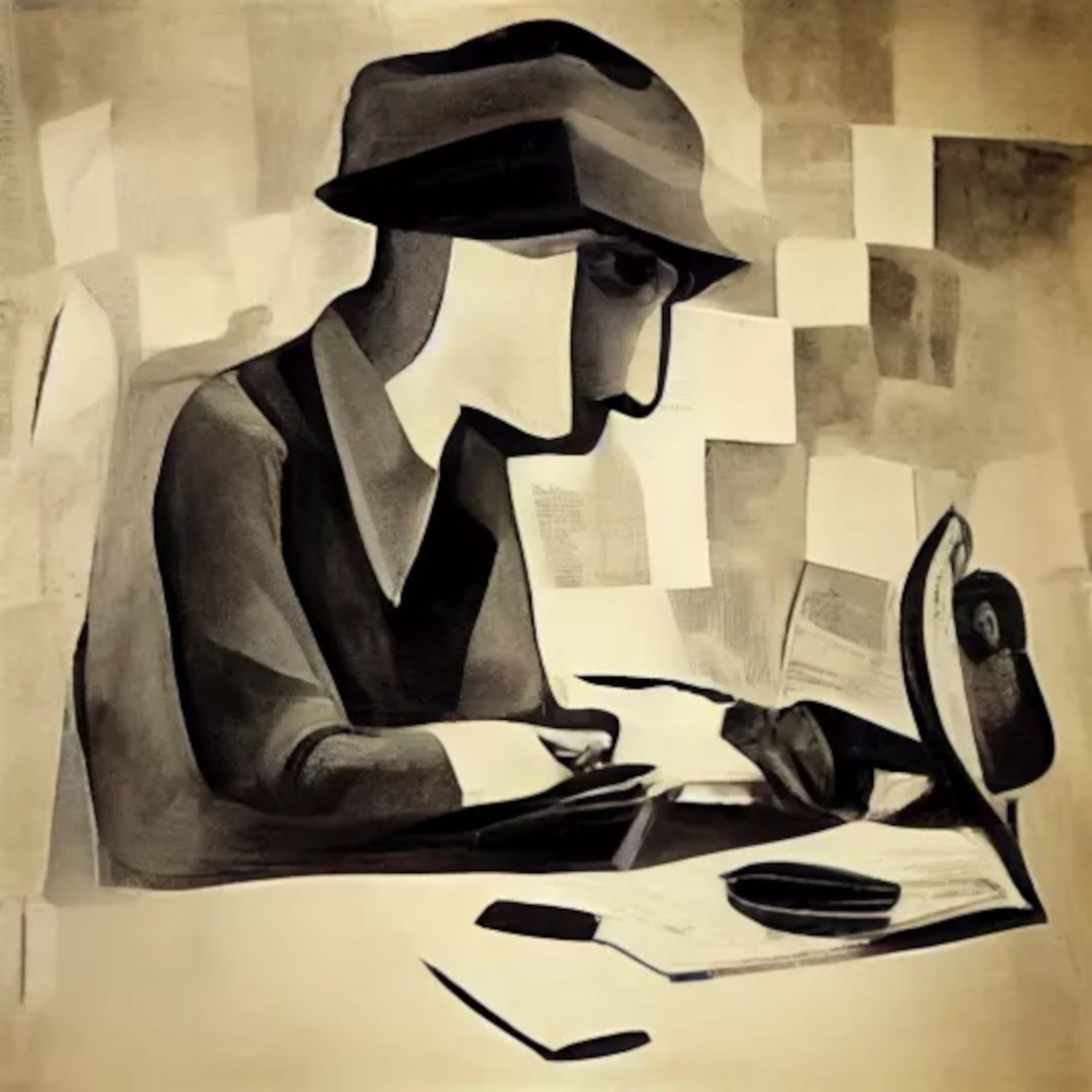
MidJourney returned this image when given the phrase, “A journalist working on a story for a newspaper in the style of Picasso.” (MidJourney)
An advancement in Dall-E recently allows the human user to type in edits to the image. They can, through natural language, say something like “change the color of the reporter’s hat to green.” I actually find this editing functionality to be more interesting than the initial image generation itself and you’ll see why when it comes to video.
But first, a word for those in fear of being replaced by robots. AI augments and enhances human creativity, it won’t replace it. This is, of course, up for debate, but I fall squarely into this camp. What follows is exciting and revolutionary rather than apocalyptic, so let’s run with the assumption that there won’t be robot overlords just yet.
Let’s take the breakthroughs we’ve seen from Dall-E and apply them to a field like video. Today, even the most creative writer can’t make a film without skills in an entirely non-overlapping magisteria. The gap between natural language and video production is too great. But perhaps that won’t always be the case. We’re already seeing video editing through natural language. A startup called Runway ML allows you to change the background of a scene just by typing.
https://twitter.com/kevinbparry/status/1557878947270086658
Perhaps there’s a future where this is supercharged to the point where I can produce a movie just by typing — “change camera angle” or “change scenery” or take I can edit old movies and swap actors or wardrobes.
This brings us to text articles, the staple of journalistic production. Perhaps AI can’t produce more than sports and business stories today, but I can imagine a world where an AI will be able to edit first drafts into polished pieces ready to publish. Its training data would be a mix of previous articles, the reporter’s notebook and feedback written in natural language by the original author: “Edit this piece to have a politically neutral tone, in the style of Hunter S. Thomson, and take the anecdote from the sixth paragraph and use it as a kicker.”
Skeptical? Keep in mind that what’s described above is a big leap, but built off the foundation of what we have now. Today it’s Stylebot (highly recommended) but tomorrow it could be “Editbot.”
The Applications Will Be There
Like most things, journalism won’t necessarily be the front lines of where progress is made. I expect creative multimedia content for fictional storytelling like images and videos to capture the lion’s share of AI momentum. Recently Microsoft announced they’re packaging Dalle-E 2 into its Microsoft Designer app and Image Creator tool. But this will hit other facets.
Imagine being able to describe, in natural language, the Excel calculation you want and have an AI interpret that into an Excel native formula. There’s an AI for that too.
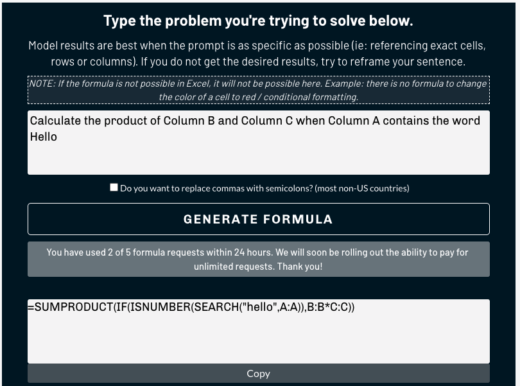
Describe, in natural language, an Excel calculation you want and have an AI interpret it into an Excel native formula. (excelformulabot.com)
It’s not going to revolutionize what it means to have an MBA, but soon this will evolve into business plans and pitch decks guided by an AI’s “insights.” From there, marketing, architecture, educational lessons, website designs and more are up for grabs.
In the end, AI is not creative the way humans are. AI can be boiled down to an array of complex mathematical equations that improve over time to achieve a specific goal. The nature of computing hasn’t changed, except now, instead of looking for discrete and correct answers, we’re asking computers for creative answers where success is judged by the final product’s usefulness.
This unique approach to creativity, which leverages the strengths of computers, will push human creativity forward. It will enhance the way humans understand, interact and build our world.

